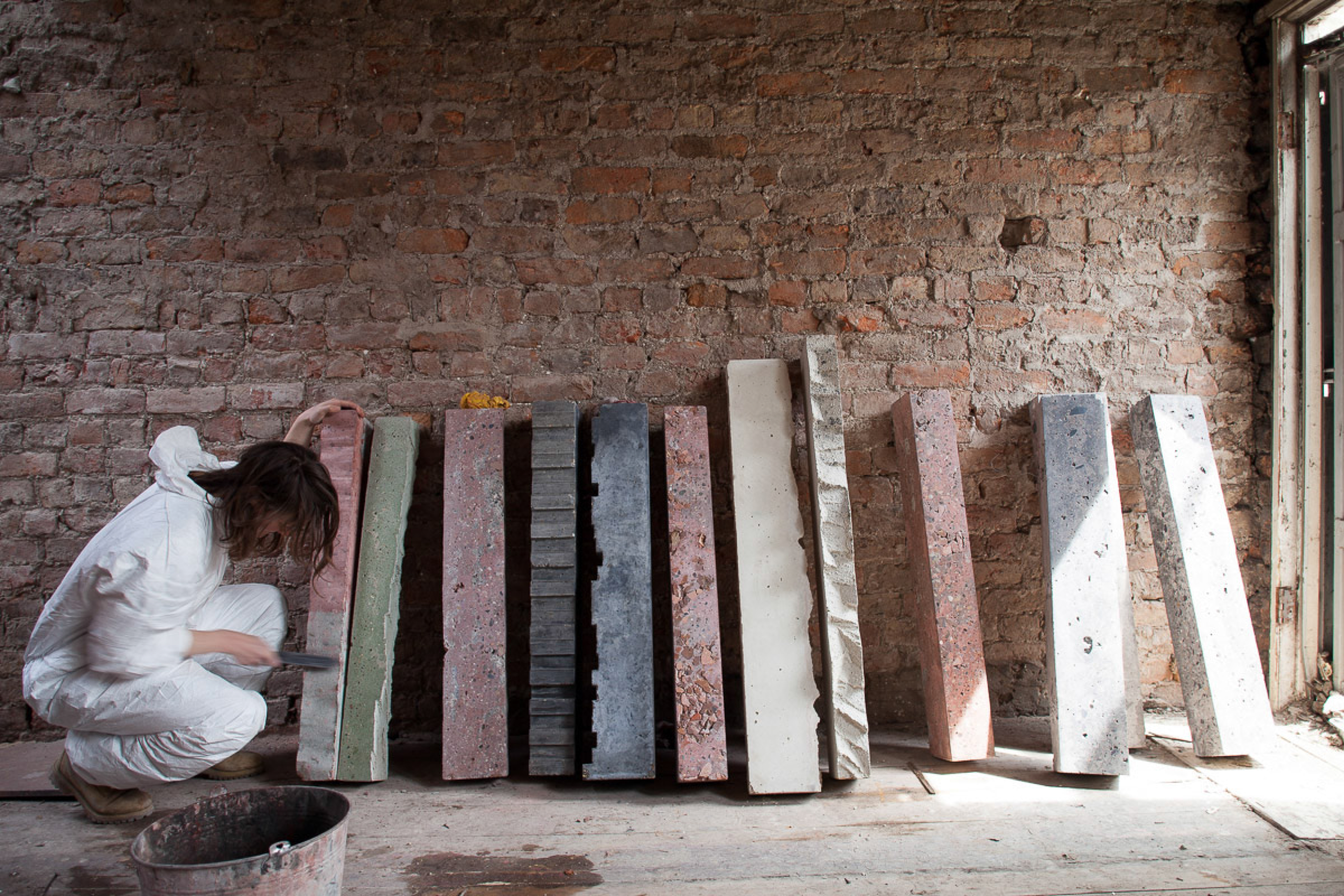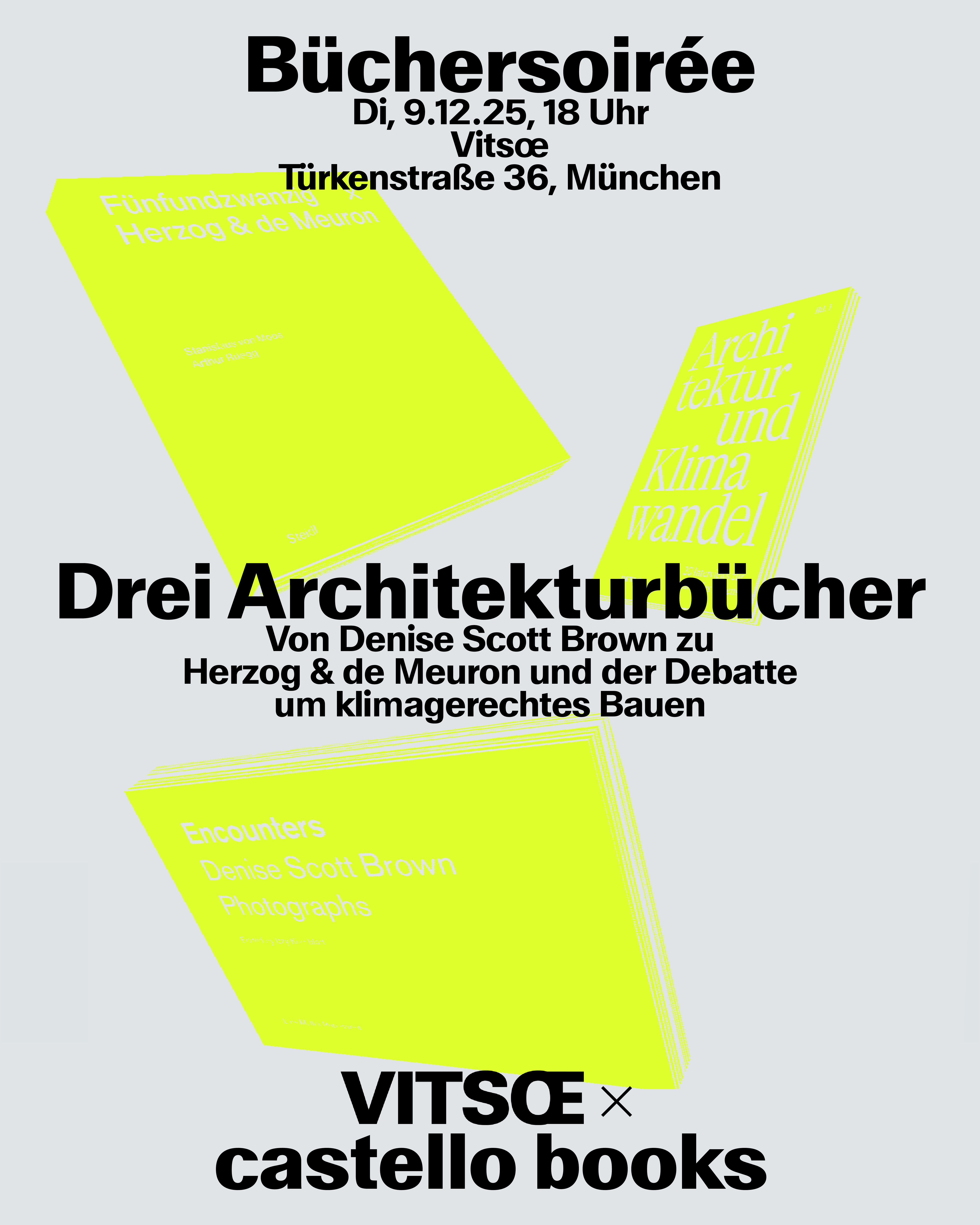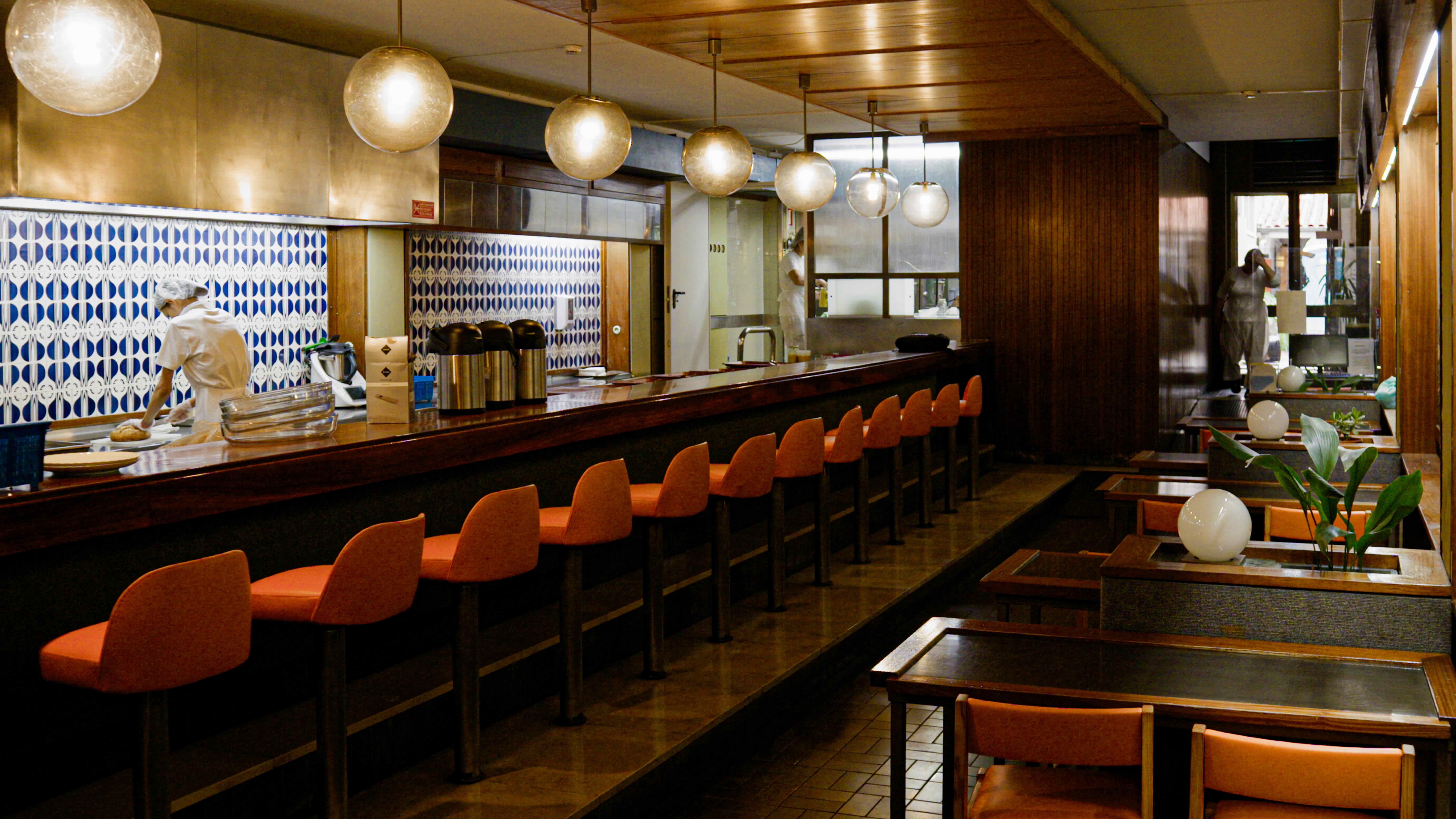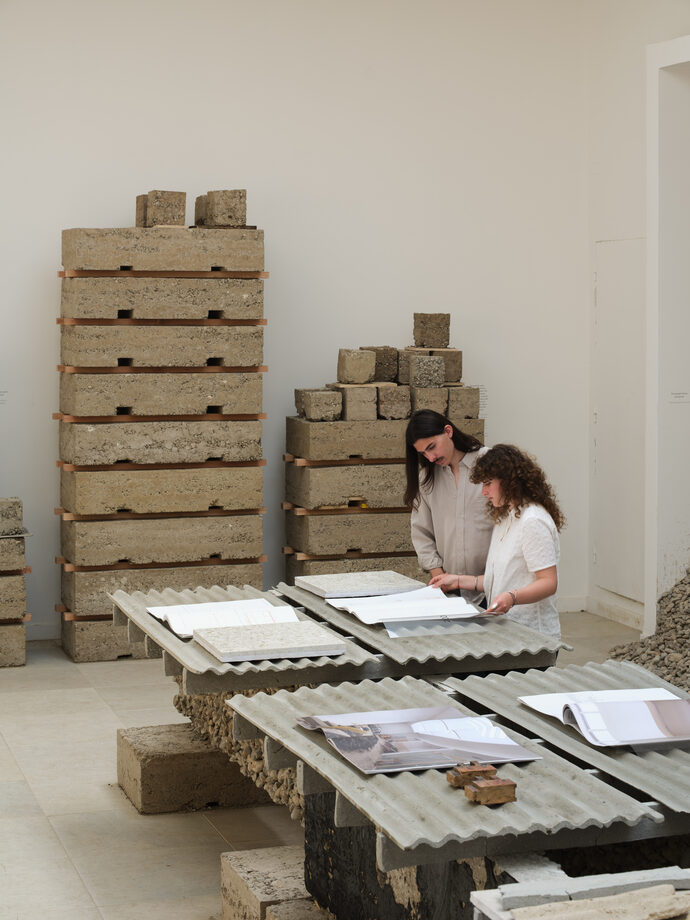Atelier Régis Roudil Architectes brings earthen construction to the heart of Paris near the Eiffel Tower: their daycare centre for the Élysée Palace has won the Detail Award 2024. Régis Roudil shares insight into the project.
Your first project in 2015 was a timber construction, but you have since also worked with solid natural stone and rammed earth. What draws you to natural building materials?
Natural building materials offer numerous technical and physical advantages, such as regulating moisture and equalising temperature naturally without the need for mechanical systems. But what truly interests me is our physical relationship with spaces and materials. When you run your hand over a wall made of wood, stone, or earth, you can feel the material’s intrinsic energy. Without surface coatings, these materials connect us directly to the earth we walk on, the tree we climb, or the treehouse we build. At the daycare centre in Paris, we wanted urban children to experience these textures and scents firsthand. Wood has a pleasant aroma, and the warm colour of earth conveys a sense of security – a contrast to white walls that are sterile and cold.
Circular construction is a prominent topic today. Does it influence your approach?
Absolutely, both physically and philosophically, as it is integral to our design concept. For instance, with our earthen walls, if the building were no longer needed, the rammed earth could be crushed, rehydrated, and reused, or simply returned to the ground it came from. Our goal is not to disrupt the landscape but to connect with it by bringing local, natural materials into architectural form. For the daycare centre in the protected park of the Palais de l’Alma, the trees and natural ground inspired us. Similarly, in the Marseille region, where limestone cliffs define the landscape, we designed social housing in Gignac-la-Nerthe using locally sourced limestone.
Your buildings feature tactile details, as in the lime streaks in the earthen walls at the daycare centre or the cylindrical stone patterns in Gignac.
That’s the beauty of natural materials – provided you understand how to work with them. The limelayers, for instance, make the earth more resistant to weathering and scuffs from children’s use. We positioned the lime strips more densely at the building’s corners, where stress is greatest. The aesthetic impact of this detail aligns closely with its function. In Gignac, building regulations required core drilling in the stone to reinforce the building’s corners. Rather than discarding the drilled stone cylinders, we integrated them as an architectural element.
More and more timber buildings are being built in major cities like Paris. Are natural building materials experiencing a renaissance in France?
This may be true for timber, both in residential construction and large loadbearing structures. For loadbearing natural stone facades, however, we see our work as part of the tradition established by architects like Gilles Perraudin. Material costs will be a decisive factor in any future growth in natural stone construction with local resources. When we initially sought estimates from Marseille-area quarries for the social housing in Gignac, there was little demand beyond our own, resulting in relatively low prices. Unfortunately, prices have since risen considerably, making solid natural stone more of an exception than the rule.
Interview: Sandra Hofmeister, Frank Kaltenbach
Full text and German version fo the interview:
DETAIL 12.2024





